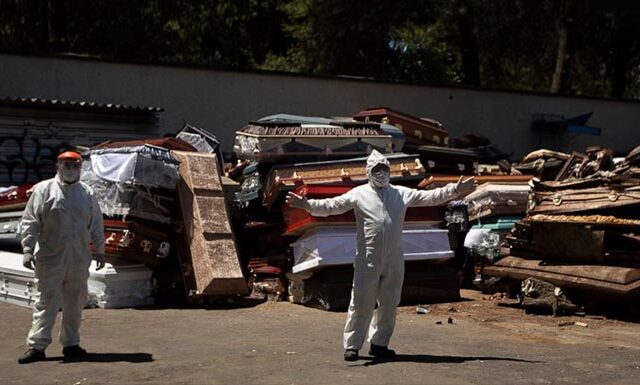Tufts University is the process of testing a new pilot VR program to help create collaboration within the hospital setting. They are especially interested in using this for palliative care where care providers can benefit from InterProfessional Education (IPE) to establish collaboration and a better understanding on what are the best next steps for patients in these difficult stages of care.
“IPE is an incredibly valuable experience for health professions students to have, and collaborative team-based palliative care has been shown to have a real impact on improving quality of life and patient care while lowering healthcare costs,” said first and corresponding author Amy L. Lee, an assistant professor of family medicine at Tufts University School of Medicine.
To help establish more multidisciplinary team-based medical care the researchers created an IPE palliative care experience in the virtual reality platform Second Life. Thirty-five graduate-level health professions students enrolled in two-hour online educational sessions at their own convenience, creating groups of three-to-six students from different professions and in multiple geographic locations. Students came from five professions: nursing, medicine, nutrition, physical therapy, and social work.
The virtual reality world included three team activities that students participated in by using an avatar, a digital representation of themselves. The first activity was a team scavenger hunt, where participants communicated over audio and group-text messaging and had to move together as a team from one location to the next. This allowed the team members to work together as they learned how to use the technology of the virtual world. Following the scavenger hunt they went to an exam room for a conversation with a standardized patient and her family members about symptom management and palliative care options; here they interacted with the patient and her sister over live audio while also silently consulting one another over group-text. The researchers even developed a virtual representation of the patient’s experience, allowing the students to better understand their patient. The final component was a debrief about the virtual reality experience.
While it’s clear that virtual reality cannot replace the in person experience, this is an important step toward connecting professionals to help patients. Students reported appreciating the virtual experience of their patient’s symptoms, indicated by an increased sense of empathy on their post-session surveys, and the ability to practice anonymously and without worrying about causing harm to a patient or making mistakes during the learning process. Some students also reported an interest in learning more about palliative care and continuing IPE training with their team — whether virtually or in real life — after the study.








